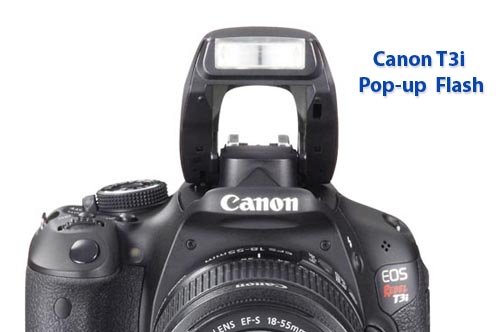

I'll get into what the 60D and 7D have that the T4i doesn't later, but first let's look at what the T4i has, and in particular what's different (improved) from the T3i. The body also tends to be less weathersealed than the xxD and xD APS-C cameras.

Many people will never need 1/8000s or a sync speed that's 1/3 stop faster so again, it's not a huge difference for most users.įourth, Rebels are built on a lightweight mostly plastic (polycarbonate) chassis (though there is some stainless steel in there too) which keeps down both the cost and the weight. The xxD (currently 60D) and xD (currently 7D) have a 1/8000s shutter with a 1/250s sync. Third, all Rebels to date have a 1/4000s maximum shutter speed and a max sync speed of 1/200s. You can do everything you can do with a QCD without one, though it may mean pressing more buttons and so it's not as fast or as easy.

This is a matter more of convenience than utility. Second, Rebels don't have a rear mounted Quick Control Dial (QCD). In the grand scheme of things, it's not a big deal, but it's a cost and weight serving measure used in all Rebels. A pentamirror is lighter and cheaper, but generally results in a slightly smaller and/or darker viewfinder. What makes a Rebel a Rebel? Well, All Rebels to date use a pentamirror reflex viewing system rather than a pentaprism. I've now had a chance to take a closer look at the camera and make some additional comments in more depth on the changes from the T3i and what those changes might indicate Canon is up to.įirst, why is it still in the "Rebel" family. The Canon EOS Rebel T4i, also known as the EOS 650D, was announced by Canon on July 8th 2012 as reported here a few days ago (see Canon T4i Preview). A closer look at the new Canon EOS Digital Rebel T4i (EOS 650D)Ĭanon EOS Digital Rebel T4i (EOS 650D) DSLR.


 0 kommentar(er)
0 kommentar(er)
